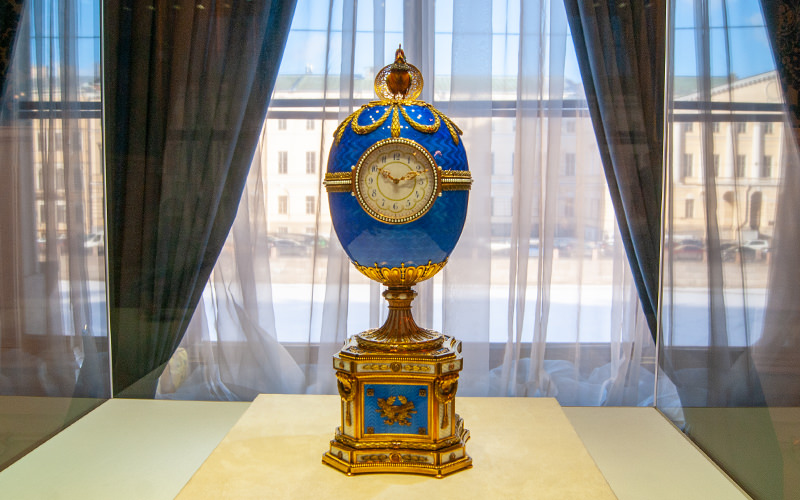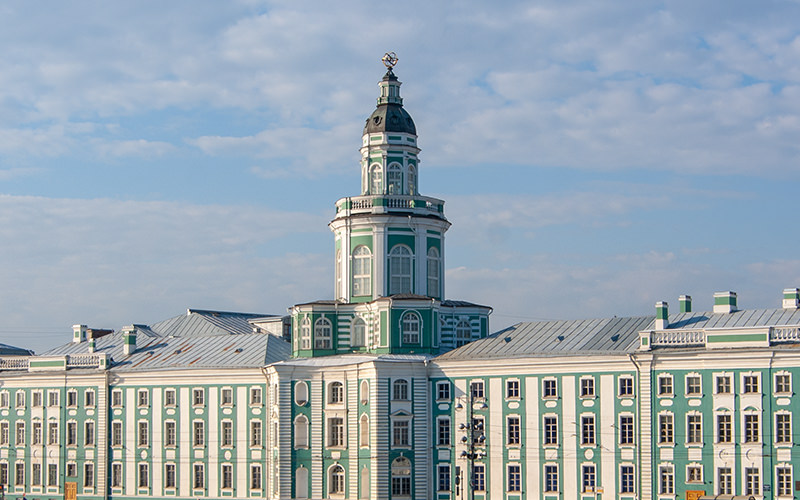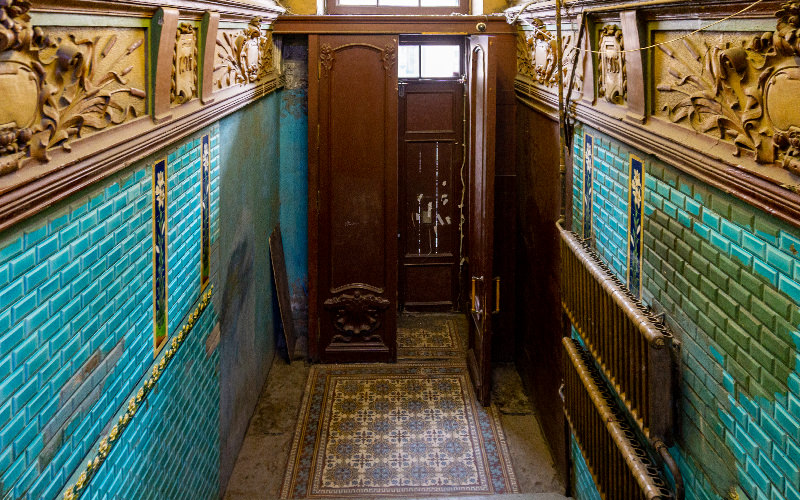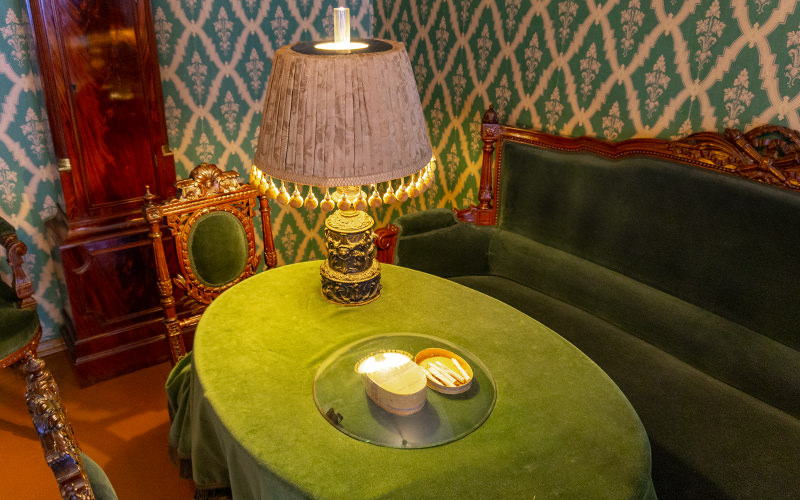Alexander Nevsky Lavra… A famous old monastery located in Saint Petersburg, right by its main thoroughfare — Nevsky Prospekt. The monastery complex includes the Holy Trinity Cathedral, several churches and cemeteries, and a dozen other buildings serving various purposes, including monastic quarters.
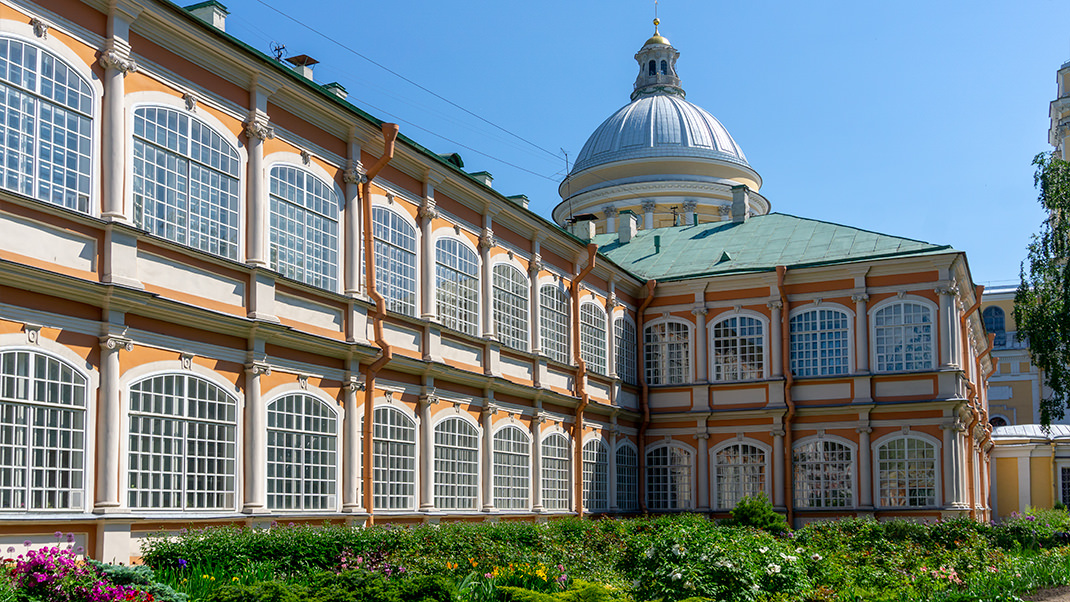

Thanks to its convenient location in the city center, I believe the architectural complex is one of the most popular attractions in Saint Petersburg. Every day, you can find numerous visitors here, from those attending religious services to curious tourists.
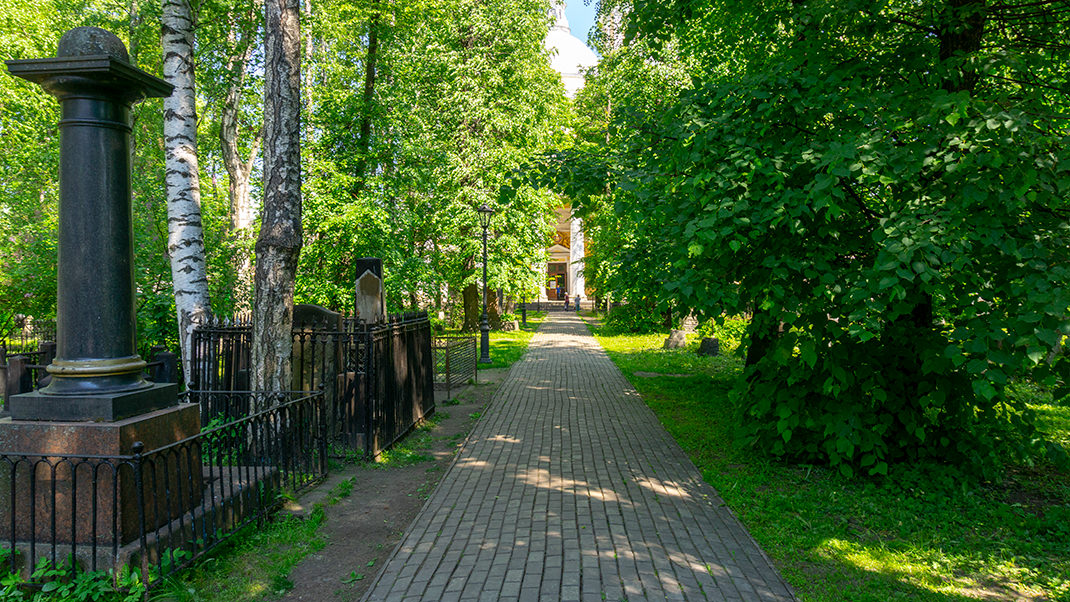

How to Get There by Metro
Alexander Nevsky Lavra is just a couple of minutes’ walk from the metro stations "Ploshchad Alexandra Nevskogo – 1" and "Ploshchad Alexandra Nevskogo – 2," where the Green and Orange lines of the Saint Petersburg Metro intersect.
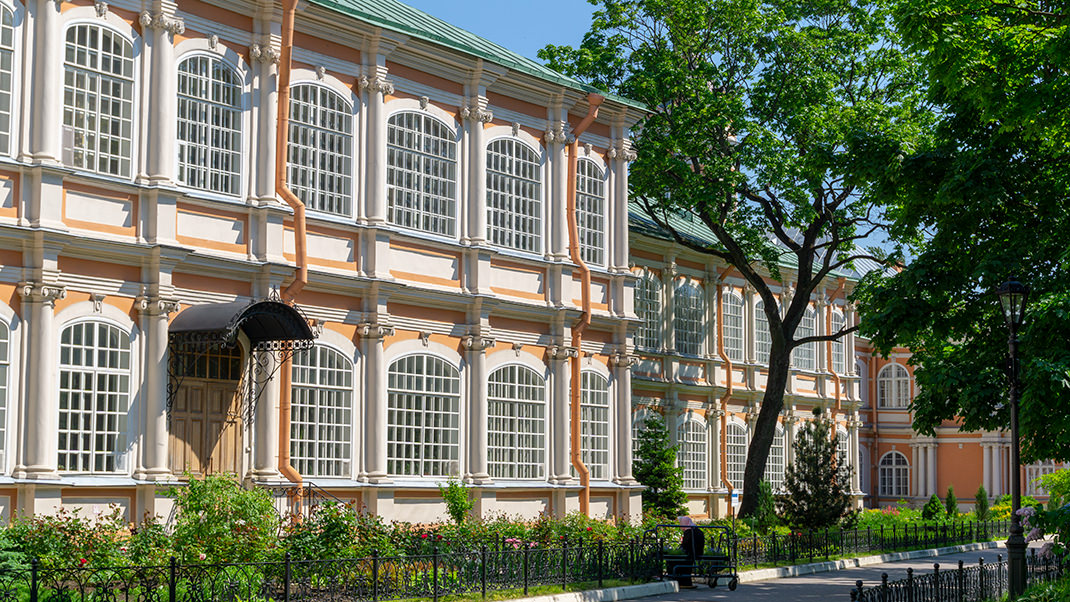

You can enter the Lavra grounds and the Holy Trinity Cathedral for free. However, the Annunciation Burial Vault and the necropolises are part of the State Museum of Urban Sculpture, and admission to these areas is paid — 150 rubles per person for each necropolis. These prices were valid in the summer of 2019.
A Bit of History
The history of the monastery’s construction dates back to the reign of Peter I, who issued a decree to build the Alexander Nevsky Monastery in 1710. Initially, it was called the Monastery of the Life-Giving Trinity and the Holy Prince Alexander Nevsky. It was renamed a Lavra on December 18, 1797.
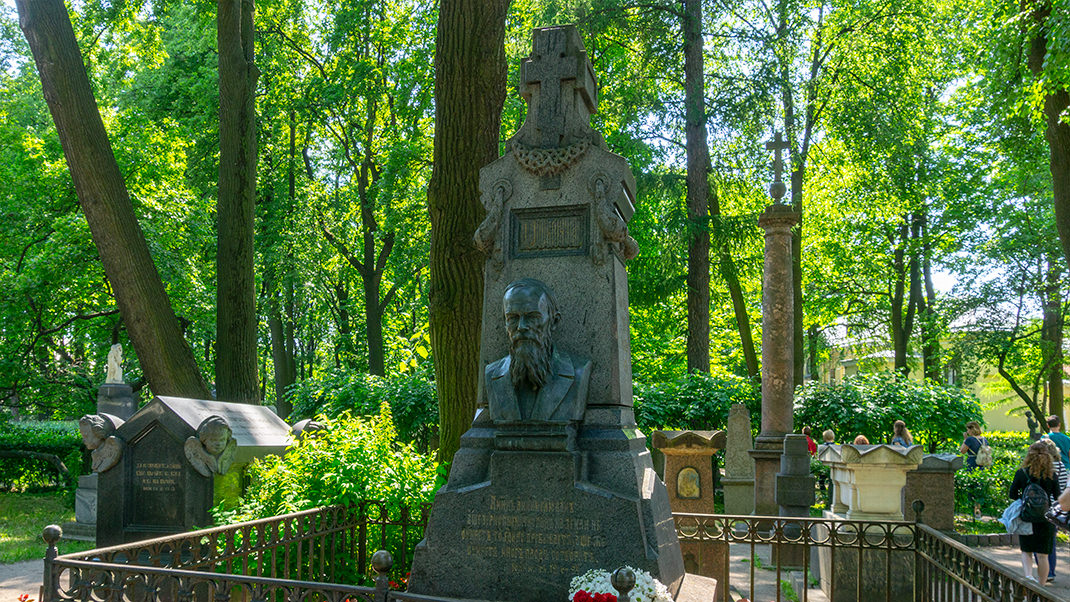
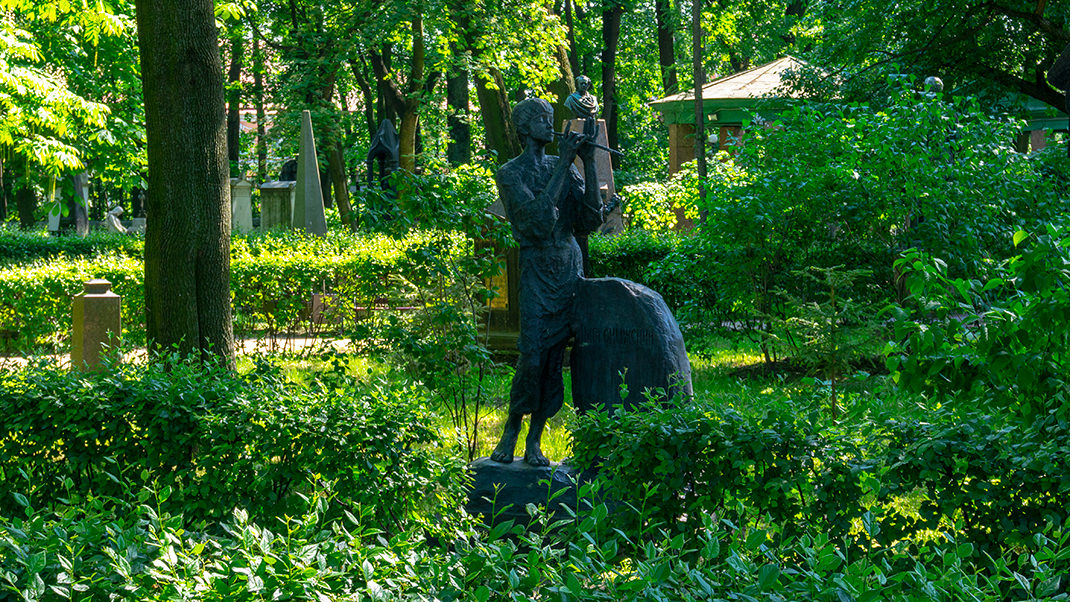
According to legend, Prince Alexander Yaroslavich won a victory over the Swedes at the famous Battle of the Neva on July 15, 1240, at the site of the current Lavra complex. Though this is only a legend—the battle took place far from this location—building the monastery held great significance for Peter I. Additionally, the city gained its own patron saint, Alexander Yaroslavich Nevsky.

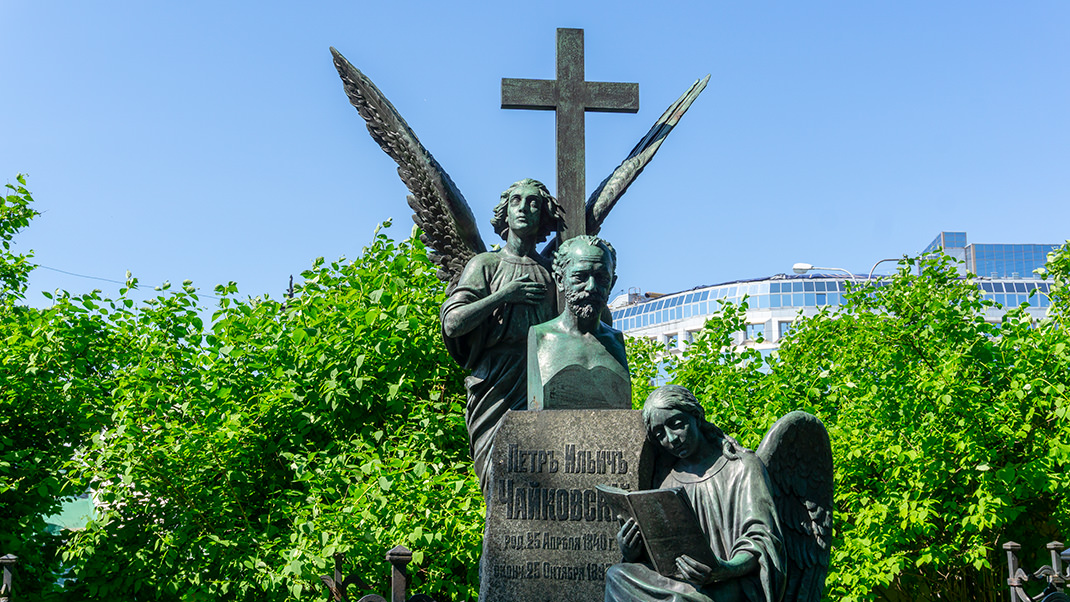
The initial design for the monastery grounds was developed by the renowned Domenico Trezzini between 1713 and 1715, and construction began shortly thereafter. However, the project did not fully align with Orthodox architectural standards, which delayed the Lavra’s completion. The Holy Trinity Cathedral was solemnly consecrated only on August 30, 1790.
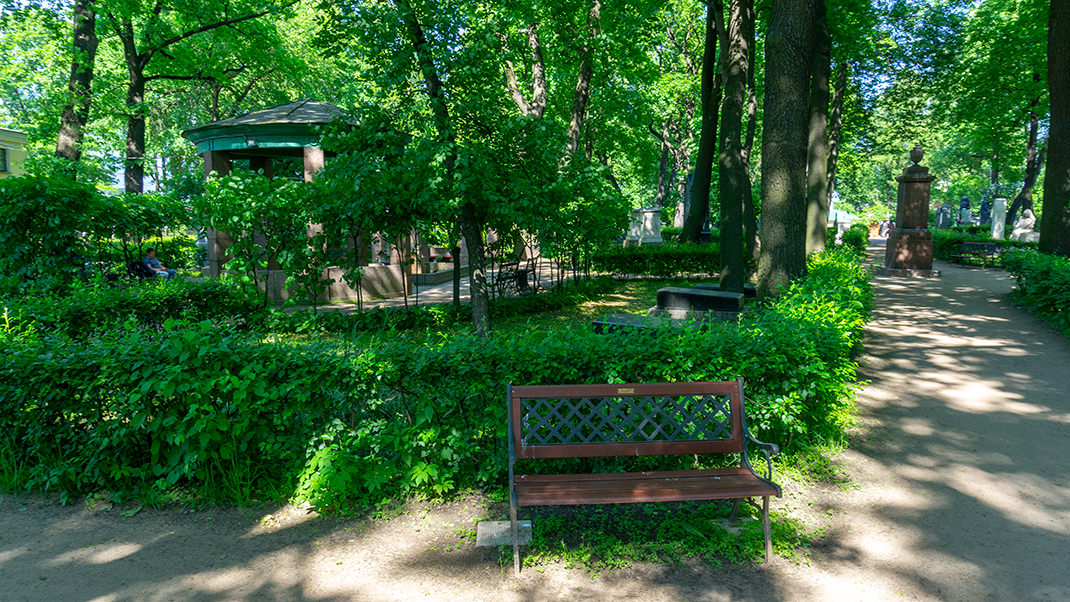

In August 1724, shortly before the death of the emperor, the relics of Saint Alexander Nevsky were transferred from Vladimir to the Lavra. This event was considered as significant as the signing of peace with Sweden. In 1922, the relics were removed and placed in the Hermitage, where they remain to this day. The actual remains were taken to the Museum of Atheism until their return to the Holy Trinity Cathedral in 1989.
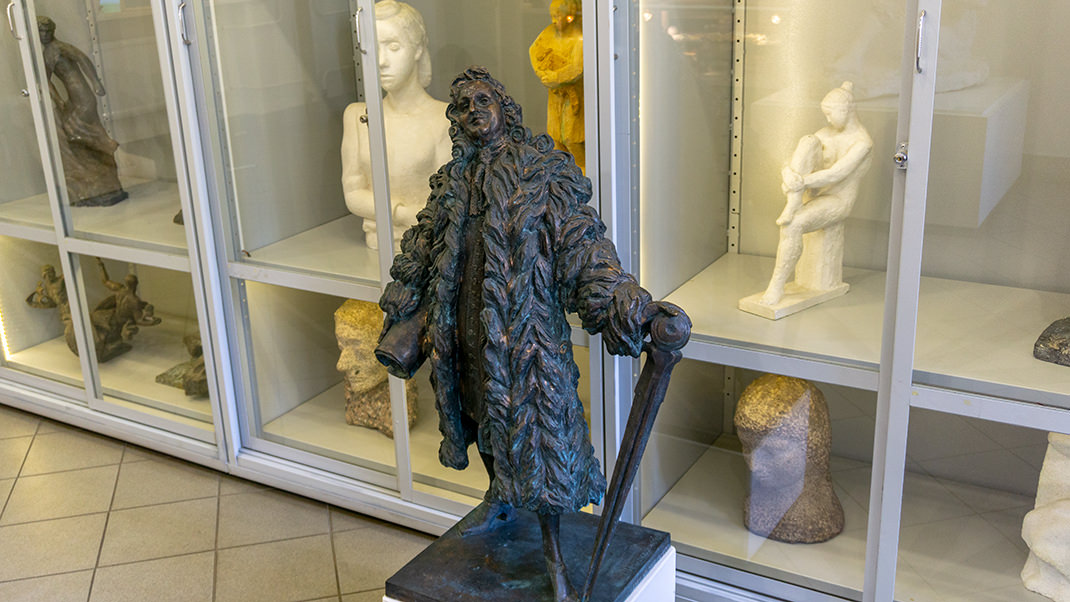

Tikhvin Cemetery (Necropolis of Masters of Arts)
The architectural ensemble of Alexander Nevsky Lavra includes several old cemeteries, or necropolises. Two of them are part of the Museum of Urban Sculpture, and you can visit them either independently or as part of a guided tour. Tours are scheduled, and their cost is included in the entrance fee.
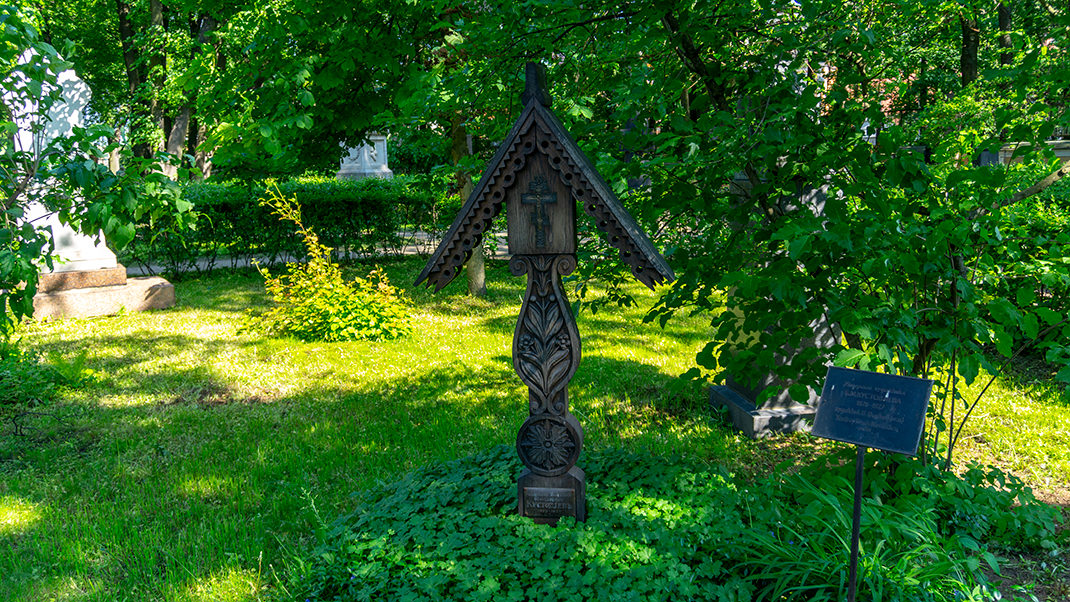
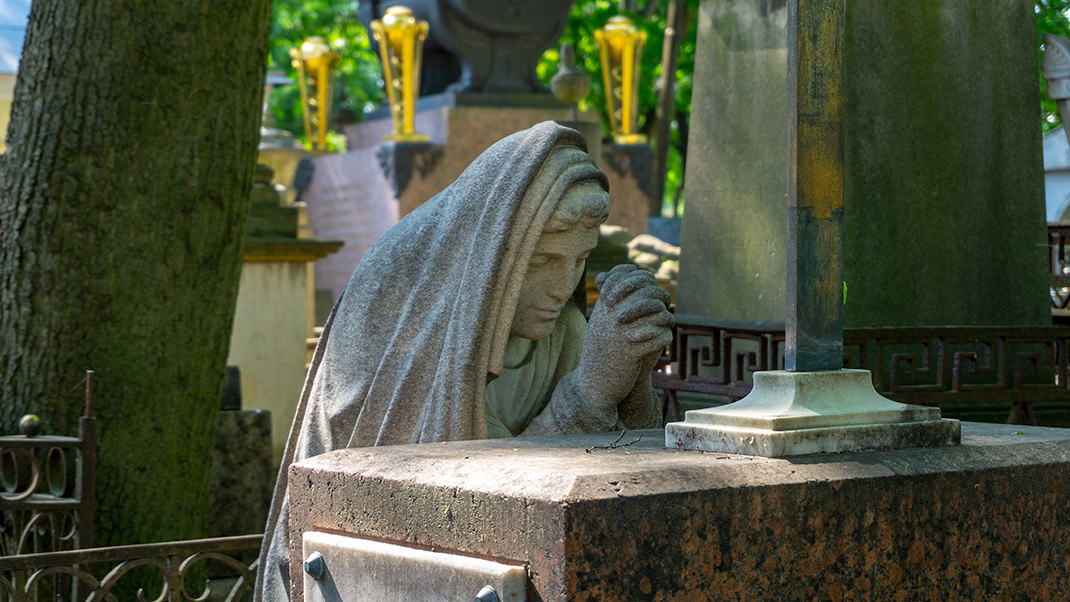
The decision to establish Tikhvin Cemetery was made in 1823 due to overcrowding in the 18th-century necropolis located across from it. The new cemetery has been called Tikhvin since 1876.
Beginning in the 19th century, the necropolis became the final resting place for renowned cultural and artistic figures such as historian and writer N. M. Karamzin, fable writer I. A. Krylov, composer M. I. Glinka, writer F. M. Dostoevsky, poet and friend of A. S. Pushkin, A. A. Delvig, and many other celebrated individuals. In 1932, the decision was made to establish the Museum-Necropolis of Masters of Arts.


When visiting, you have the option to purchase a combined ticket for both the Necropolis of Masters of Arts and the 18th-century necropolis. The latter will be the subject of the next article.
In summary:
- A fascinating historical tour;
- Convenient location just minutes from the metro;
- Visiting the necropolises is optional—the Lavra’s grounds are open to everyone, offering a peaceful place to relax.
- Part 2: Necropolis of the 18th Century and the Annunciation Crypt



